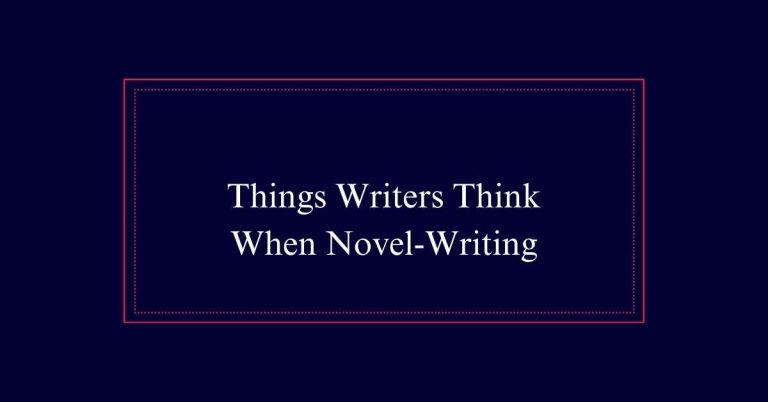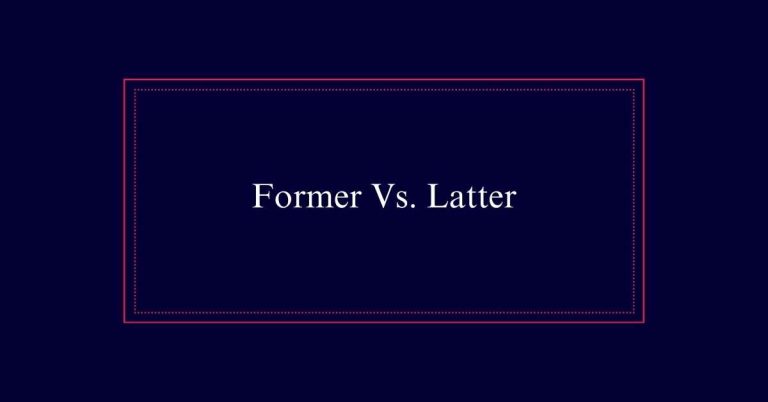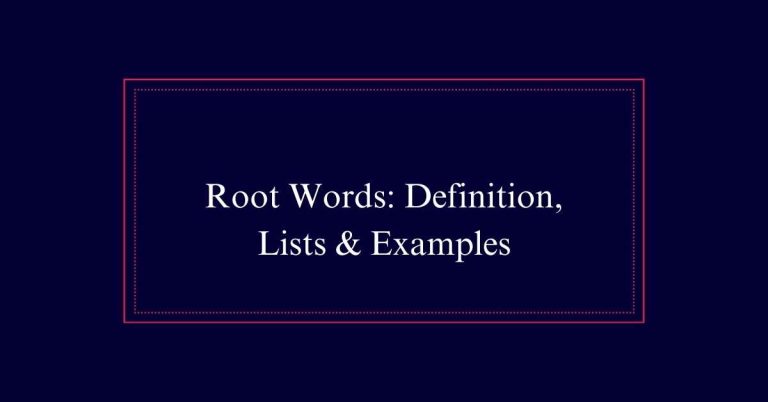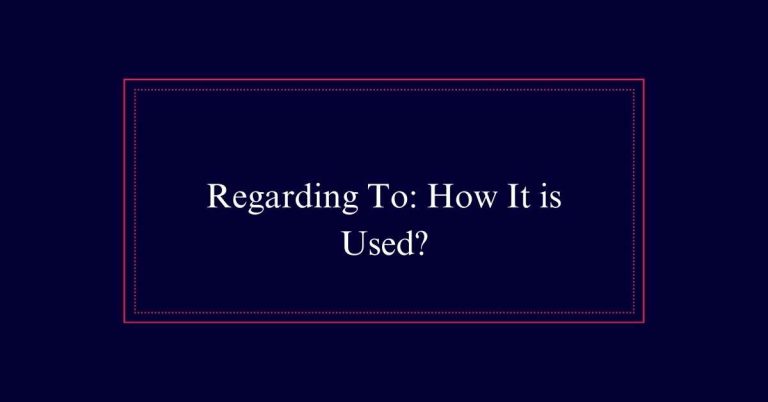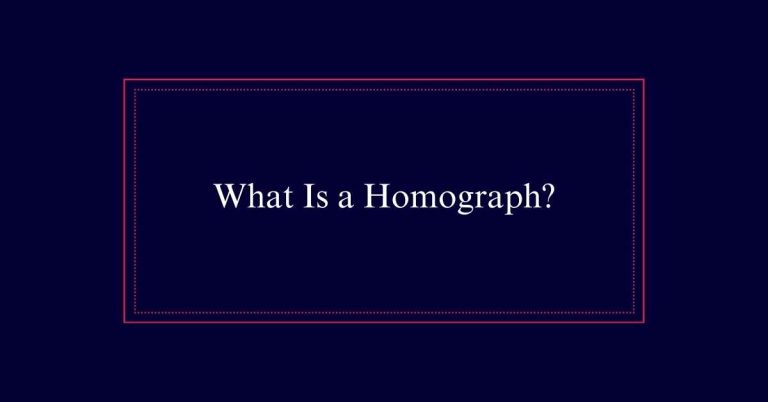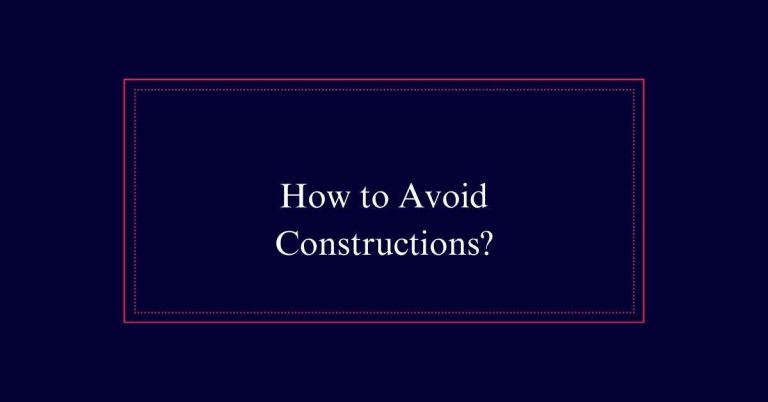How to Use “Etc.”, With Examples
Using “etc.” (et cetera) helps to make your writing concise by indicating additional items in the same category. For example: “We need to buy apples, oranges, etc.” It is essential these items share a commonality. Avoid using “and etc.” since “et” already means “and.” Do not place a comma after “etc.” at the end of a sentence. Overuse of “etc.” can make writing vague, so specificity is often preferable.
Definition of ‘Et Cetera’
‘Et cetera,’ abbreviated as ‘etc.,’ is a Latin phrase meaning ‘and the rest.’ It is used to indicate additional items of the same class without listing them all. This helps make communication concise and efficient.
For example, instead of listing every fruit in a basket, one might say, ‘apples, oranges, bananas, etc.’ The phrase suggests that similar items are included.
It is essential to use ‘etc.’ only when the unmentioned items logically belong to the same category. This prevents confusion and maintains clarity. Avoid redundant phrases like ‘and et cetera,’ as ‘et cetera’ already means ‘and the rest.
Proper use of ‘etc.’ enhances both written and spoken communication by avoiding unnecessary detail.
Origin and History
Understanding the definition and proper use of ‘et cetera’ prompts an exploration of its origin and historical context.
‘Et cetera’ is derived from Latin, where it means ‘and the rest.’ The phrase combines ‘et,’ meaning ‘and,’ with ‘cetera,’ meaning ‘the rest.’ Its usage dates back to ancient Rome, highlighting its long-standing role in written and spoken language.
Over centuries, ‘et cetera’ has been adopted into various languages, maintaining its original meaning. Its primary function is to indicate the continuation of a list without enumerating every item. This efficiency in communication has made ‘et cetera’ a staple in both casual and formal writing.
Understanding its roots enhances our appreciation of its utility.
Importance in Writing
In writing, ‘et cetera’ plays an essential role in maintaining brevity and clarity. By using ‘etc.’, writers can avoid long lists that may clutter their text. It helps to convey that there are additional, similar items without needing to specify each one. This not only makes the writing more concise but also helps keep the reader’s focus on the main ideas.
‘Et cetera’ is especially useful in academic and professional writing where space and time are limited. It guarantees that the message remains clear without unnecessary detail. Therefore, ‘et cetera’ is an indispensable tool for effective and efficient communication in written form.
Appropriate Usage
Using ‘et cetera’ appropriately guarantees that your writing remains clear and concise. To use it correctly, make sure that the listed items share a common category. For instance, you can write, ‘We need to buy fruits like apples, oranges, bananas, etc.’
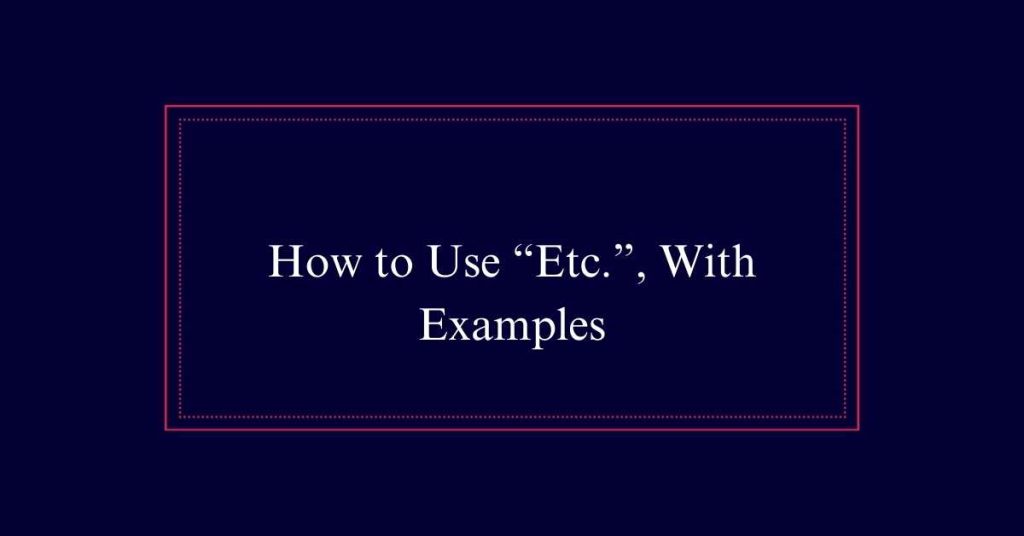
Here, all the items are types of fruits. Avoid using ‘etc.’ when the items do not logically belong together. Also, bear in mind that ‘et cetera’ should replace items that follow the same pattern as the ones listed. Do not use ‘et cetera’ if it causes confusion.
Additionally, verify that replacing ‘etc.’ with ‘and so on’ makes sense in the sentence. This practice helps maintain clarity and consistency in your writing.
Common Mistakes
Many writers make common mistakes when using ‘et cetera’ in their work. These errors can disrupt the flow and clarity of the text. To avoid them, consider the following points:
- Redundancy: Never write ‘and et cetera.’ The term ‘et’ already means ‘and.’
- Inappropriate Usage: Only use ‘et cetera’ for items of the same category. Mixing unrelated items is incorrect.
- Comma Use: Do not place a comma after ‘et cetera’ if it ends the sentence.
- Overuse: Using ‘et cetera’ too frequently can make writing vague. Specificity is often better.
Examples in Literature
Literature often employs ‘et cetera’ to indicate the presence of additional, similar items without listing them exhaustively. This usage enhances readability and promotes conciseness by avoiding unnecessary detail. For example, in Meg Rosoff’s ‘Just in Case,’ the phrase is used: ‘Not so much grooming, feeding, et cetera.’ This indicates other caregiving activities. Similarly, J.D. Salinger’s ‘Franny and Zooey’ includes: ‘I love you to pieces, distraction, etc.’ Here, ‘etc.’ implies other forms of affection.
| Example | Source |
|---|---|
| ‘Not so much grooming, feeding, et cetera.’ | Meg Rosoff, Just in Case |
| ‘I love you to pieces, distraction, etc.’ | J.D. Salinger, Franny and Zooey |
| ‘Who are respondents (registered voters, likely voters, state residents, etc.)?’ | Poynter.org |
| ‘There were books, papers, letters, etc.’ | Generic Literature |
| ‘She packed clothes, shoes, accessories, etc.’ | Generic Literature |
These examples illustrate the effective use of ‘et cetera’ in literature.
Sentence Integration
Incorporating ‘et cetera’ into sentences can streamline communication by summarizing additional, similar items. This can be especially useful in writing where brevity is valued.
When integrating ‘et cetera’ into your sentences, consider the following guidelines:
- Confirm that the listed items belong to the same category.
- Use ‘et cetera’ at the end of the series.
- Do not use a comma after ‘et cetera’ if it ends the sentence.
- Avoid using ‘and et cetera’ as it is redundant.
For example, in a sentence like ‘The store sells fruits like apples, oranges, bananas, etc.’ the use of ‘etc.’ indicates that other similar fruits are also available. This technique helps in keeping sentences concise and clear.
Alternative Phrases
While ‘et cetera’ is a useful tool for summarizing lists, there are alternative phrases that can serve a similar purpose.
One common alternative is ‘and so on,’ which also indicates continuation.
Another option is ‘and so forth,’ which carries the same meaning.
You can also use ‘and the like’ to suggest additional items of the same kind.
Among others’ is another phrase that works well, especially in formal writing.
These alternatives can help avoid repetition and maintain clarity.
Each phrase has a slightly different tone, so choose the one that best fits your context.
Using these variations can enhance your writing by making it more engaging and precise.
Pronunciation Guide
The correct pronunciation of ‘et cetera’ includes a distinct T sound at the end. This phrase often gets mispronounced, especially in casual speech, leading to confusion. By adhering to its proper pronunciation, clarity in communication is maintained.
Here are a few key points to remember:
- Correct Sound: Pronounce it as ‘et set-er-uh,’ ensuring the T is not silent.
- Common Mistake: Avoid saying ‘ek set-er-uh,’ which is a frequent error.
- Practice: Repeating the phrase slowly can help reinforce the correct sounds.
- Awareness: Knowing its Latin origin can aid in remembering the correct pronunciation.
Tips for Correct Usage
Mastering the pronunciation of ‘et cetera’ is important, but understanding when and how to use it correctly in writing is equally vital.
Use ‘et cetera’ to indicate additional items in the same category. Make sure the listed items logically belong together. Before using ‘etc.’, try replacing it with ‘and so on’ to check if it fits. Avoid using ‘and et cetera’ as it is redundant.
Do not place a comma after ‘etc.’ if it ends a sentence. For example, write: ‘Bring paper, pens, notebooks, etc.’
Frequently Asked Questions
Is ‘Et Cetera’ Appropriate in Formal Academic Writing?
In formal academic writing, ‘et cetera’ is often appropriate to indicate additional similar items. However, it is important to use it sparingly and make sure that the omitted items are logically part of the same category.
Can ‘Et Cetera’ Be Used in Technical Documents?
Yes, ‘et cetera’ can be used in technical documents. It efficiently indicates additional related items without listing each one. Verify its usage aligns with the context and maintains clarity for the intended audience.
Are There Any Cultural Variations in the Use of ‘Et Cetera’?
Cultural variations in the use of ‘et cetera’ do exist. In some cultures, it is more commonly used in formal writing, while others may prefer native equivalents or avoid it altogether in casual conversation.
How Is ‘Et Cetera’ Abbreviated in Non-English Languages?
The abbreviation for ‘et cetera’ in non-English languages varies. In French, it is ‘etc.’ as in English. In Spanish, ‘etc.’ is also used. In German, it is ‘usw.’ for ‘und so weiter.’
Is ‘Et Cetera’ Commonly Used in Speech or Mostly in Writing?
“Et cetera” is commonly used in both speech and writing. In speech, it helps convey that a list continues without detailing every item. In writing, it aids in maintaining conciseness and clarity.

